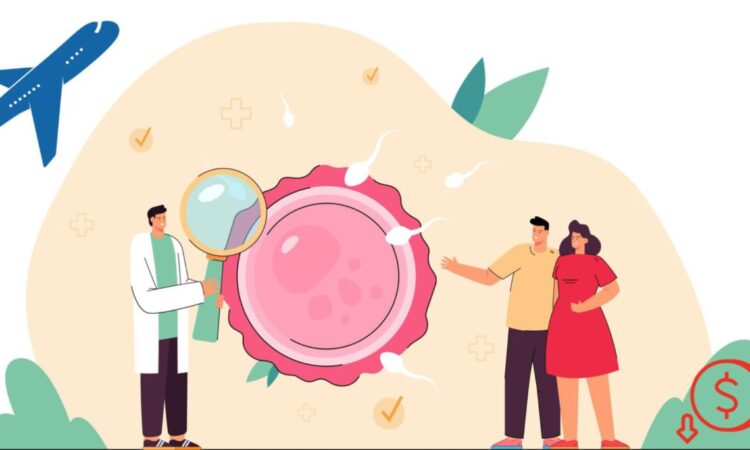
In a world where the gift of parenthood is a dream for many, the path to achieving this dream is not always straightforward. For couples and individuals experiencing infertility or reproductive challenges, the option of fertility treatments has become a beacon of hope. Yet, one of the first questions that often arises is: how much does it cost? In this article, we delve into the intricacies of fertility treatment cost, what factors influence these costs, and potential ways to manage them.
The Range of Treatments
Fertility treatments are not a one-size-fits-all solution. The types of treatments vary and so do their costs:
- Intrauterine Insemination (IUI): Often considered as the first step, IUI involves placing sperm directly into the uterus during ovulation. It’s typically less expensive than other procedures, with costs ranging from $300 to $1,000 per cycle, not including medication and ultrasounds.
- In Vitro Fertilization (IVF): One of the most common treatments, IVF is a process in which an egg and sperm are combined outside the body, and the resulting embryo is implanted into the uterus. The average cost of one IVF cycle in the U.S. is between $12,000 to $15,000, without medication which can add an additional $3,000 to $5,000.
- Egg and Sperm Donation: For those who need donor eggs or sperm, the costs can vary widely depending on factors such as donor fees and agency charges. On average, one can expect to pay anywhere from $1,500 to $30,000 or more.
- Surrogacy: This involves another woman carrying and giving birth to a child for a couple or individual. The costs associated with surrogacy can range from $70,000 to $150,000 or even higher.
Hidden Costs
Beyond the explicit costs of treatments are the not-so-obvious ones:
- Medications: As mentioned, some treatments require medications that can add thousands to the bill.
- Testing and Consultations: Initial consultations, fertility tests, and ongoing monitoring can also add up.
- Travel and Accommodation: For those who choose clinics far from their home, travel and accommodation become an additional cost factor.
- Emotional and Physical Strain: While not directly monetary, the emotional and physical toll can lead to associated costs such as therapy or counseling.
Insurance and Coverage
While some insurance companies do offer coverage for fertility treatments, the extent varies. It’s essential to understand the specifics of one’s policy, including what treatments are covered, the percentages paid, and any limits on amounts or number of cycles.
Financial Assistance and Options
Fortunately, for those feeling daunted by these figures, there are avenues to explore:
- Grants and Scholarships: Some non-profits and organizations offer grants or scholarships to help with fertility treatment costs.
- Financing and Payment Plans: Many fertility clinics understand the financial burden and offer financing options or payment plans.
- Employer Benefits: Some progressive employers now offer fertility treatment benefits as part of their healthcare packages.
The journey to parenthood, when involving fertility treatments, undoubtedly comes with significant financial considerations. However, with knowledge, planning, and leveraging available resources, many find a way to navigate the costs and move closer to realizing their dream of starting or expanding a family.




